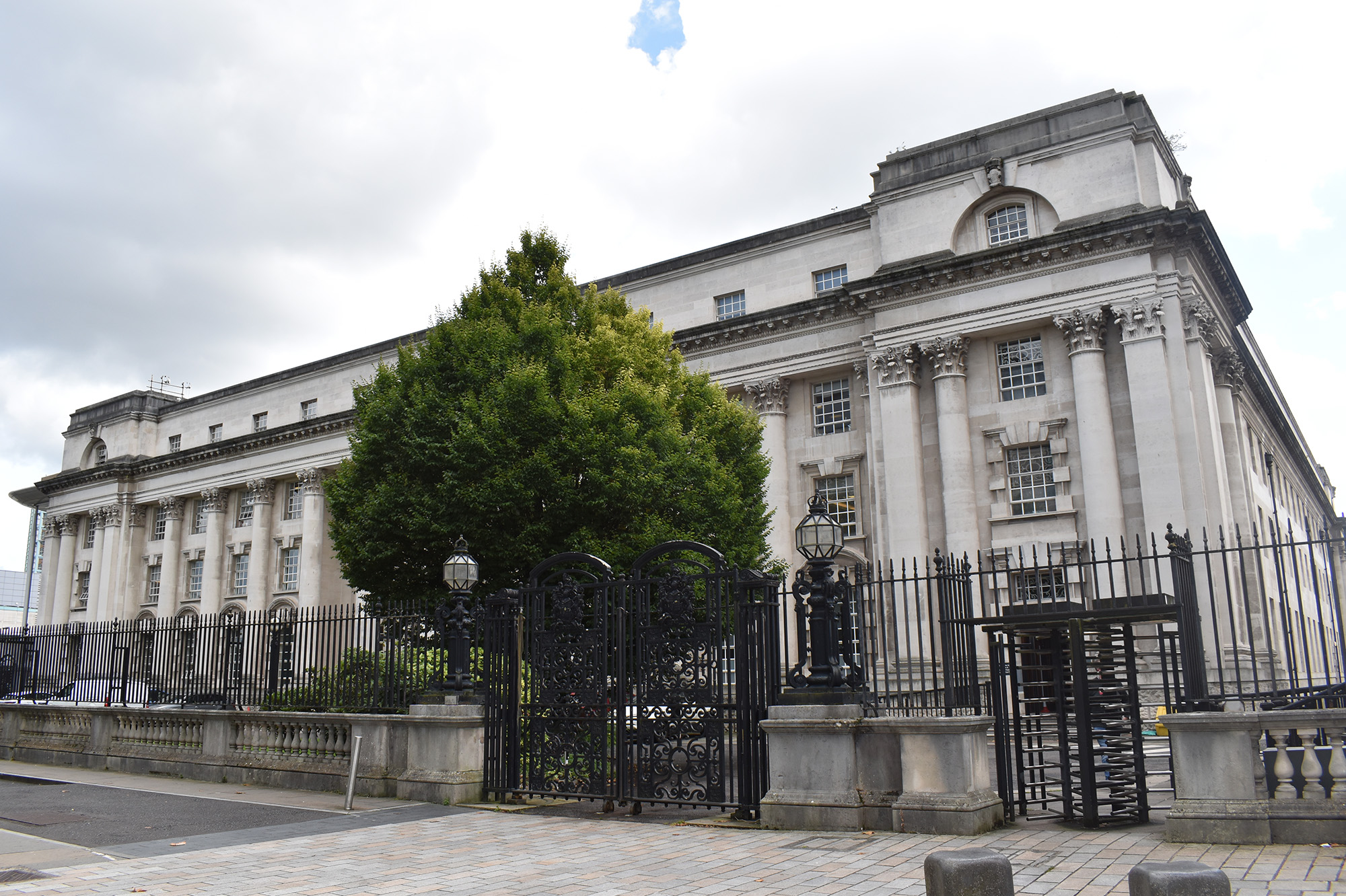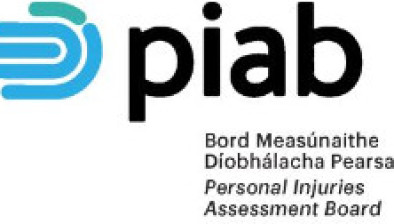NI High Court: £50,000 damages awarded against consultant neurologist and Belfast Health and Social Care Trust

Northern Ireland’s High Court has awarded £50,000 in damages against the Belfast Health and Social Care Trust and a consultant neurologist who negligently performed an unnecessary medical procedure.

About this case:
- Citation:[2024] NIKB 78
- Judgment:
- Court:NI High Court
- Judge:Judge Adrian Colton QC
Delivering judgment for the High Court, Mr Justice Adrian Colton highlighted that “I do not consider that the court’s findings on these facts could have significant ramifications for the transfer of patients between the private sector and the health service here”.
Brian Fee KC and Fiona Fee KC appeared for the plaintiff instructed by O’Hare Solicitors, David Ringland KC and Christopher Ringland appeared for the first defendant instructed by Carson McDowell LLP Solicitors, and Jonathan Park appeared for the second defendant instructed by the Directorate of Legal Services.
Background
In October 2015, the plaintiff began to experience inter alia headaches, dizziness and nausea. Having been unsuccessfully treated for cervogenic headache and migraine, the plaintiff underwent an MRI scan which produced a normal result. The plaintiff sought a private appointment with the first defendant, a consultant neurologist, in July 2016.
At her consultation with the first defendant, the first defendant told the plaintiff that she had a leak in her spine and was suffering from spontaneous intercranial hypotension (SIH), requiring a blood patch which would be performed under the NHS rather than privately.
There was no discussion of the risks of the procedure and no indication that a review would take place thereafter. On 21 November 2016, the plaintiff attended for the blood patch at the Royal Victoria Hospital. The first defendant advised the plaintiff to lie prone and the plaintiff suffered excruciating right leg pain during the procedure.
The plaintiff claimed that she asked the first defendant to stop, without avail. Having been advised to remain still for 5–10 minutes following the procedure, the plaintiff found herself alone and without assistance or guidance as to aftercare or what to expect in the aftermath of the procedure.
The plaintiff sought damages for personal injury and other loss arising from the procedure, which she alleged was unnecessary and caused her to suffer with ongoing headaches and right leg pain.
The High Court
Mr Justice Colton considered that the records kept by the first defendant were “woefully inadequate and substandard” and that there no records relating to the plaintiff’s procedure were produced by either defendant, for which there could be “no justification”.
The High Court, having permitted the first defendant to amend his defence, opined that the first defendant had made a diagnosis in circumstances where his original defence unequivocally accepted that he had done so, where he had informed the plaintiff of her condition and the relevant “cure”, where he had organised the procedure without a follow-up subsequently, and where if the diagnosis was merely preliminary one would have expected further investigations to determine whether an invasive procedure was required.
Mr Justice Colton stated that the course had then been set, and that this “was a treatment plan, not a suggestion”.
Turning to the issue of whether the diagnosis of SIH was negligent, the court heard evidence as to the diagnostic criteria for the condition. Finding that there was no evidence to suggest that the first defendant had worked his way through the criteria, the judge considered that there was no evidence to support a leak or loss of pressure on the plaintiff’s earlier MRI.
Noting that where all the experts agreed that a definite diagnosis should not have been made in July 2016, the court concluded that the first defendant was negligent, which negligence was compounded by his apparent failure to conduct a neurological examination on the plaintiff, his failure to obtain her informed consent prior to the procedure, and his failure to consider alternative approaches such as an MRI with contrast.
Proceedings to consider whether the procedure itself was carried out within an acceptable body of medical practice, the High Court had regard to inter alia the plaintiff’s evidence concerning the performance of the procedure whilst the first defendant and the plaintiff were wearing their “everyday” clothes and in a cubicle where two sterile fields could not be formed, the failure of the first defendant to wear gloves during the procedure, the suboptimal positioning of the plaintiff and the failure of the first defendant to stop the procedure when first requested.
As to the first defendant’s contention that when the plaintiff was referred to the care of the second defendant she became its complete responsibility, the court determined that the factual context of the case was crucial, noting that the decision to carry out the blood patch was the first defendant’s, and that he had organised same in the capacity of an employee of the second defendant.
Mr Justice Colton decided: “The course was set on 20 July 2016. In those circumstances, I consider that the causative potency of the negligence of the first defendant on 20 July 2016 to the plaintiff’s injuries sustained on 21 November 2016 is strong and compelling.”
The court further refused the first defendant’s attempt to rely on his own negligence as a novus actus interveniens, finding that the plaintiff had established joint and several liability against both defendants.
Finding that there was no exact science upon which the court could rely to apportion liability, the court considered that the failure on part of the second defendant to exercise proper governance in respect of the first defendant’s actions warranted a 50/50 split of liability.
The court assessed the plaintiff’s damages at between £15,000–£20,000 for her leg pain, between £10,000–£15,000 in respect of her psychiatric injury, at £5,000 for the temporary worsening of her headaches, and at £15,000 for the distress and inconvenience caused by the performance of an unnecessary medical procedure.
Conclusion
Accordingly, the High Court awarded the plaintiff damages of £50,000.
Norney v Watt & Anor [2024] NIKB 78











